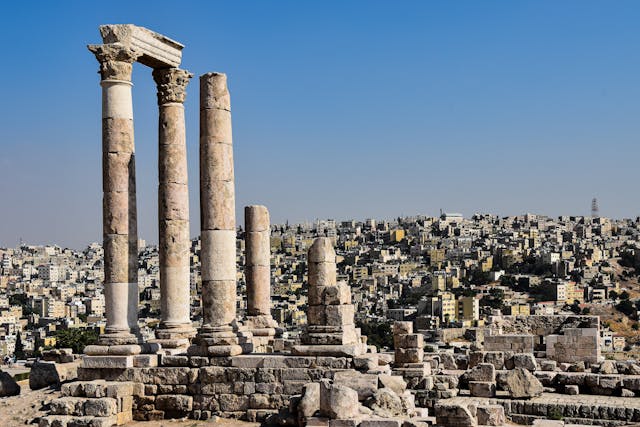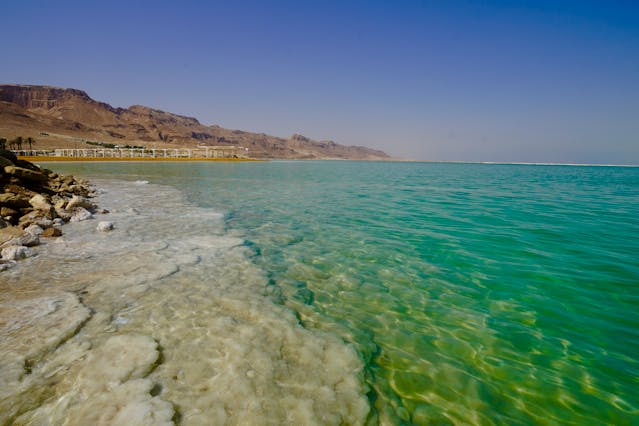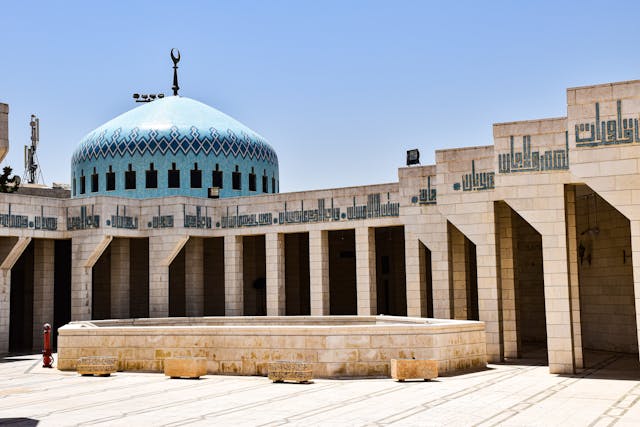Amman is the Capital and the largest city of Jordan. This charming city has a mix of ancient history and modern attractions. That offers many exciting activities to suit every traveler’s taste. Amman has everything from strolling through bustling streets and admiring breathtaking desert landscapes to savoring delectable local cuisine and exploring awe-inspiring sites. The east of Amman is filled with historic sites that frequently host cultural activities. West Amman is more modern and serves as the city’s economic center. Visitors can find colorful markets, delicious food, and stunning art. Amman city has a super easygoing atmosphere and friendly locals that’ll make one trip one to remember.
Here are the Best Things to Do in Amman
1. Amman Citadel

This citadel is located on the peak of Jebel Al Qala’a. This destination is one of the must-visit attractions of the city. The place is one of the seven hills that once formed up Amman. Nestled in the city’s heart, this ancient site contains Amman’s rich history. Amman Citadel dates back more than 2,000 years to the Roman period, that showcases the city’s multi-layered past. From the Citadel, visitors can have incredible views over the capital of Jordan. As one explores the Citadel, one will find many remarkable landmarks like the Temple of Hercules, the Umayyad Palace, and the Jordan Archaeological Museum. Each of these structures tells its unique story.
2. Amman Roman Theater
This Roman theater is an archaeological site. It is settled towards the base of Amman Citadel. The theater was built around 138 and 161 CE. This theater has a long and illustrious history. Roman theater productions are believed to have started in ancient Rome as early as the 4th century BC. This theater once held an audience of 6,000. The 3-tier seating structure reflects Roman society with rulers sitting at the front, the army in the middle, and ordinary folk above. It is still used for shows and concerts. Visitors can climb to the top for panoramic views of the site and the beautiful surrounding buildings. They can even find here two museums free to visit on both sides of the theater, the Jordan Museum of Popular Traditions and the Jordan Folklore Museum.
3. Dead Sea

The Dead Sea is a salt lake in the Jordan Rift Valley. This sea is known for its 34% salt concentration. It is the lowest point in the world at 1,269 feet below sea level. The Dead Sea is ranked as one of the world’s saltiest bodies of water. This unique sea attracts visitors from all over the world who come to experience the unusual buoyancy and access the nutrient-rich mud on its banks.
The salt and mud of the Dead Sea is known as very therapeutic. Visitors who come here for a full day get a good time for swimming, sunbathing, and soaking in a therapeutic mud bath. They can even combine the quicker visit to the Dead Sea with places like Masada, Ein Gedi Nature Reserve, Jericho, Jerusalem, or Bethlehem. Many facilities are available at the Dead Sea like restaurants, lounge chairs, an amusement park, basketball courts, and freshwater stalls.
4. King Abdullah Mosque
King Abdullah Mosque is also known as Blue Mosque. It was completed in 1989 by the late King Hussein in honor of his grandfather. This is the most famous and largest mosque in Amman. It has a capacity of up to 10,000 people – 7,000 inside and 3,000 in the courtyard. There is even a small section that can accommodate up to 500 women. Unlike other mosques, the King Abdullah Mosque welcomes tourists to take a look inside its beautiful building.
5. The Duke’s Diwan
Duke’s Diwan is one of the most unique things to do in Amman, Jordan. Located in the heart of the city. It is a peek into the Duke of Mukhaybeh’s house. Duke’s Diwan is a historic building, which is regarded as one of the oldest houses in Amman. It offers a peek into the past. Visitors can explore the city rooms that are decorated with antique furnishings, beautiful ornaments, and artwork. As per the research, it is said that it was initially used as a post office, later becoming the Ministry of Finance and a hotel. Now, it belongs to the Duke, who you’ll sometimes find on-site.
